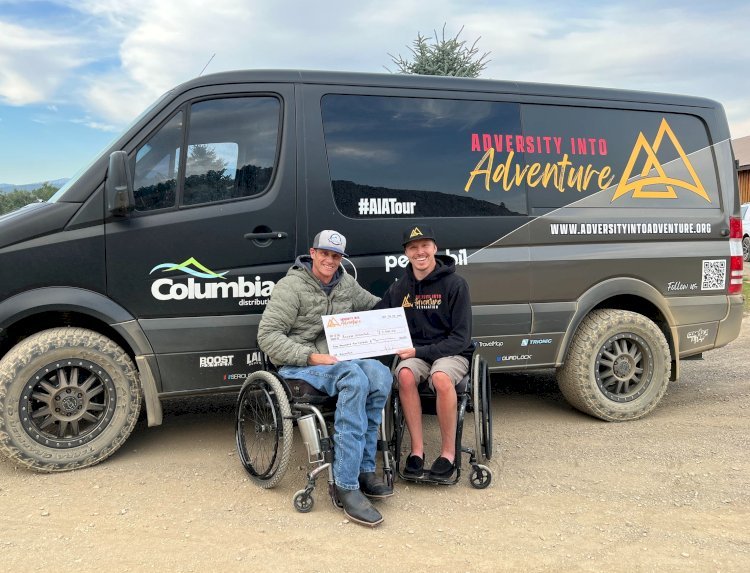10 Creative Ideas for Effective Disability Awareness Campaigns

Disability awareness goes beyond simply acknowledging the presence of people with disabilities. It’s about building genuine understanding, breaking down stereotypes, and fostering inclusive spaces where everyone has the opportunity to thrive. While traditional approaches often rely on statistics and surface-level education, Disability Awareness Campaigns today must embrace creativity to truly engage and inspire.
Here are 10 innovative ideas to help you design and launch campaigns that drive empathy, spark conversation, and create lasting impact.
1. “Walk in My Shoes” Immersive Experiences
Empathy is the foundation of awareness. One powerful way to cultivate it is through immersive experiences where individuals can simulate living with a disability. Virtual reality (VR) tools or role-playing workshops can replicate visual impairments, mobility challenges, or sensory sensitivities. These experiences help participants gain a personal insight into daily obstacles, from navigating public spaces to communication barriers.
2. RedefineNormal Social Media Challenge
Leverage the power of social media with a hashtag campaign that invites people with disabilities to share photos, videos, or personal stories that challenge misconceptions. By spotlighting achievements, talents, or everyday moments, the campaign can shift the narrative from pity to empowerment. Partner with influencers, creatives, or organizations to amplify reach and impact.
3. Inclusive Design Hackathons
Invite designers, engineers, students, and advocates to collaborate in a hackathon focused on inclusive innovation. Whether it’s developing assistive technologies, accessible websites, or adaptable tools, these events not only foster creativity but also promote collaboration between disabled and non-disabled participants. The outcomes can serve both awareness and long-term accessibility improvements.
4. Storytelling Through Public Art
Art is a universal language that transcends barriers. Organize public art installations—murals, sculptures, or interactive exhibits—that visually represent the lives and experiences of people with disabilities. Include QR codes or audio guides to offer more immersive and personalized storytelling. When art conveys a message of inclusion, public spaces transform into powerful venues for education and reflection.
5. Inclusive Fashion Shows
Representation matters in every aspect of life—including fashion. A runway event that features models with physical, sensory, or neurodiverse disabilities wearing adaptive or inclusive clothing can powerfully challenge beauty norms. These events can be held in collaboration with fashion schools or independent designers to spotlight the intersection of style and function.
6. “Spot the Barrier” Community Challenge
Launch a city-wide or campus initiative that invites participants to spot and document barriers to accessibility—such as absent ramps, unclear signage, or uneven pathways. The data collected can be mapped and shared with local governments or institutions. This campaign goes beyond raising awareness—it motivates meaningful, action-driven advocacy.
7. Disability Film & Media Festivals
Media has a unique power to shape perceptions. Hosting a film or media festival showcasing documentaries, short films, or animations by or about people with disabilities can spark meaningful dialogue. Follow the screenings with conversations featuring creators or disability advocates to foster deeper understanding and bring the on-screen issues to life.
8. Live “Ask Me Anything” Events
Invite people with different disabilities to participate in live Q&A sessions—either online or in person. These candid conversations allow audiences to ask questions, hear authentic experiences, and learn directly from those living with disability. When approached with respect and sensitivity, these events can challenge stigma and correct widespread misconceptions.
9. Empathy Workshops in Schools
Early education is key to creating long-term change. Develop age-appropriate workshops for schools that combine interactive learning, storytelling, and hands-on activities. Include participation from disability advocates or guest speakers who can share their lived experiences. Fostering empathy from a young age builds more inclusive future generations.
10. Adaptive Sports Day
Physical activities can be a fun and inclusive way to promote awareness. Host an event where community members can try adaptive sports like wheelchair basketball, goalball, or seated yoga. These events highlight the athleticism of people with disabilities while offering hands-on opportunities to understand adaptive challenges and achievements.
Final Thoughts
Disability awareness campaigns are most effective when they are rooted in authentic representation, empathy, and creativity. By moving beyond token gestures and embracing inclusive storytelling, art, and innovation, we can build communities that recognize and value the diverse abilities of all their members.
While these campaign ideas aren’t universally applicable, thoughtful customization can transform them into powerful tools for shifting perspectives, eliminating barriers, and driving systemic change.
What's Your Reaction?














